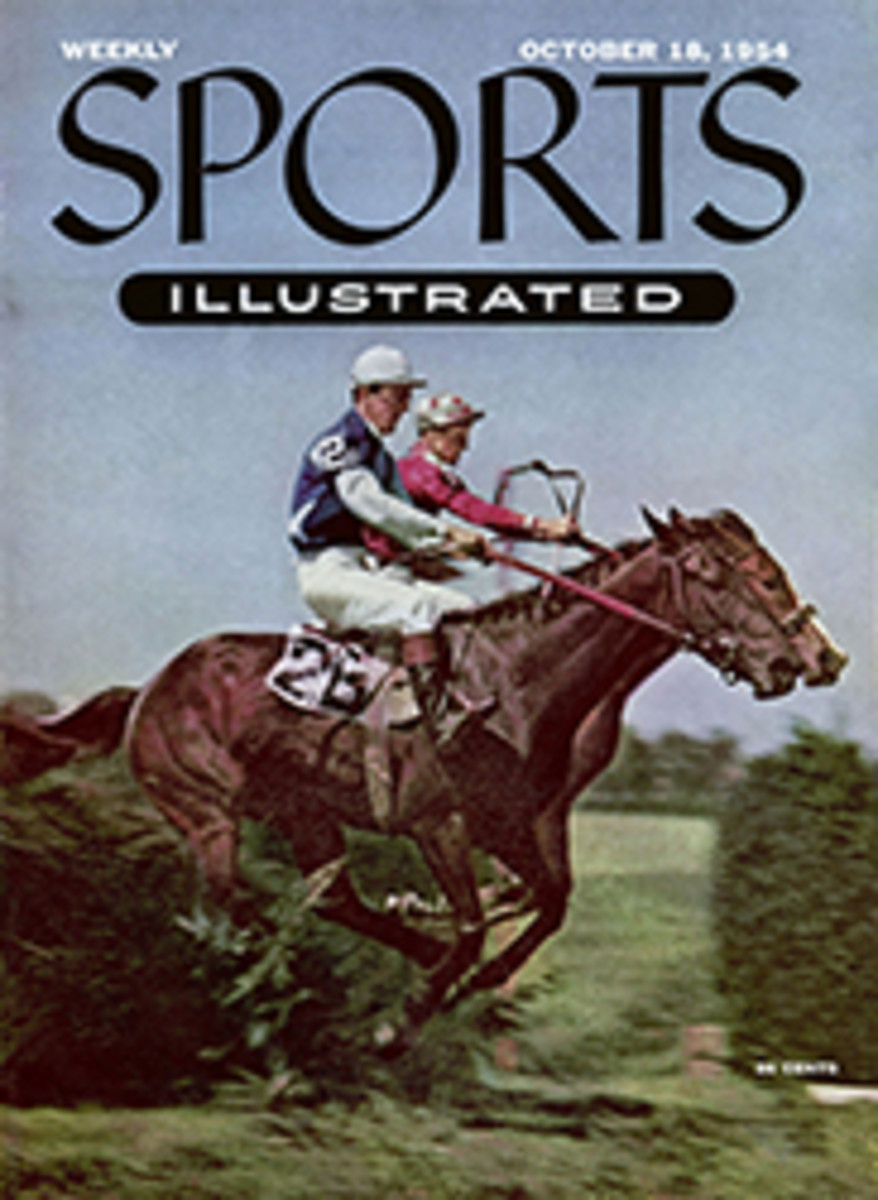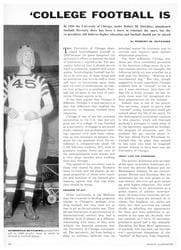
The New York Times
With an eye for the telling detail of a great city's life, Meyer Berger has long roamed the sidewalks and byways of New York. At the race tracks last week he found the kind of story which has become his trademark.
James Hetherington was hired at the New York race tracks eight years ago as recall man. He gets $12 each racing day to wave a white cloth flag to recall horses if the starting gate should foul and release some but not all of them.
Well, the gates haven't fouled once in those eight years and Mr. Hetherington hasn't got a single official wave out of his system, much as he's itched to. He tells his friends he's a kind of insurance; he says the track figures he must pay off one day.
George Cassidy, the official race starter who invented the starting gates used in the East, wouldn't withdraw his recall man for anything. That mistake was made down at Hialeah about 10 years ago, and on the very next day after the recall man was let out, a perverse gate badly fouled a start.
That's more serious than it seems. With no flag to recall them, the mounts that broke through some of the gates tore all around the course at full speed, then had to be coaxed back into their positions, all pooped, to run the race a second time. Mr. Cassidy doesn't want that to happen again.
Mr. Hetherington, a Yorkville man and a former rider himself, stands about 50 yards down from the gates, always alert at take-off. Mr. Cassidy, on a raised platform just outside the track rail, presses the starting device. His signal to Mr. Hetherington would be a top-register "Pull up!" but he hasn't called it once.
It gets a bit difficult, after eight years of utter frustration, for Mr. Hetherington to tense for each race start, but he manages, just the same. He thinks it would be a stinging disgrace if he once day-dreamed and wasn't poised with the flag at the bell.
Incidentally, it seems to be common belief, when Mr. Cassidy presses the starting button, that he's throwing electricity into the opening mechanism. It's just the opposite. The trigger cuts the current that holds the gates tight. The gates then open by powerful spring release.
The barriers get astonishingly tender care. They're carefully inspected every racing day, in every part, and at least four sets of gates are kept at hand against emergency. Every spring the corporation that owns the gates spends around $8,000 on overhaul of each unit.
That job is done by the Hempstead Welding Company in Nassau County, which originally built the machines at a cost of $18,000 apiece. Special trailers haul the gates from one track to another. That gives the machines something of a jouncing, which accounts for the $8,000 annual overhaul. The horses scuff them quite a bit, too.
TO IRELAND AND SOUTH AMERICA
Each track maintains several sets of schooling gates, pretty much like the official machines. They're used only to break in mounts that have never run for money before, and for horses from other countries that are shipped here to race. Mr. Cassidy's gate company is shipping machines this year to Ireland and to South America, they've caught on so.
There's something sad, even at $12 a day, in Mr. Hetherington standing on the track, close to the hedge, staring off into the distance between races, with the white flag that hasn't been unfurled in anger, so to speak, for all of eight years.
Each week SPORTS ILLUSTRATED will reprint an outstanding sports column from a daily newspaper. The writer will receive a prize of $250.
SPORTS COURT
Is betting on horses gambling?
No, ruled the Michigan Supreme Court, because "the bettor can exercise his reason, judgment and discretion in selecting the horse he thinks will win. Not chance, but the speed and endurance of the horse and the skill and management of the rider are factors affecting the result of a horse race."
TWO PHOTOS
TWO ILLUSTRATIONS

